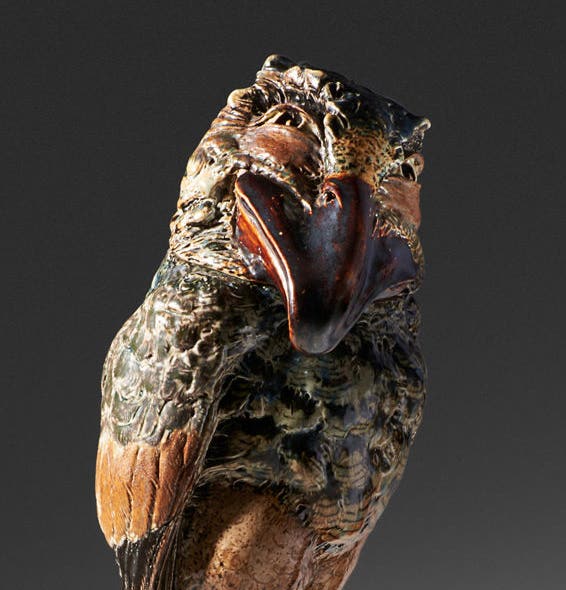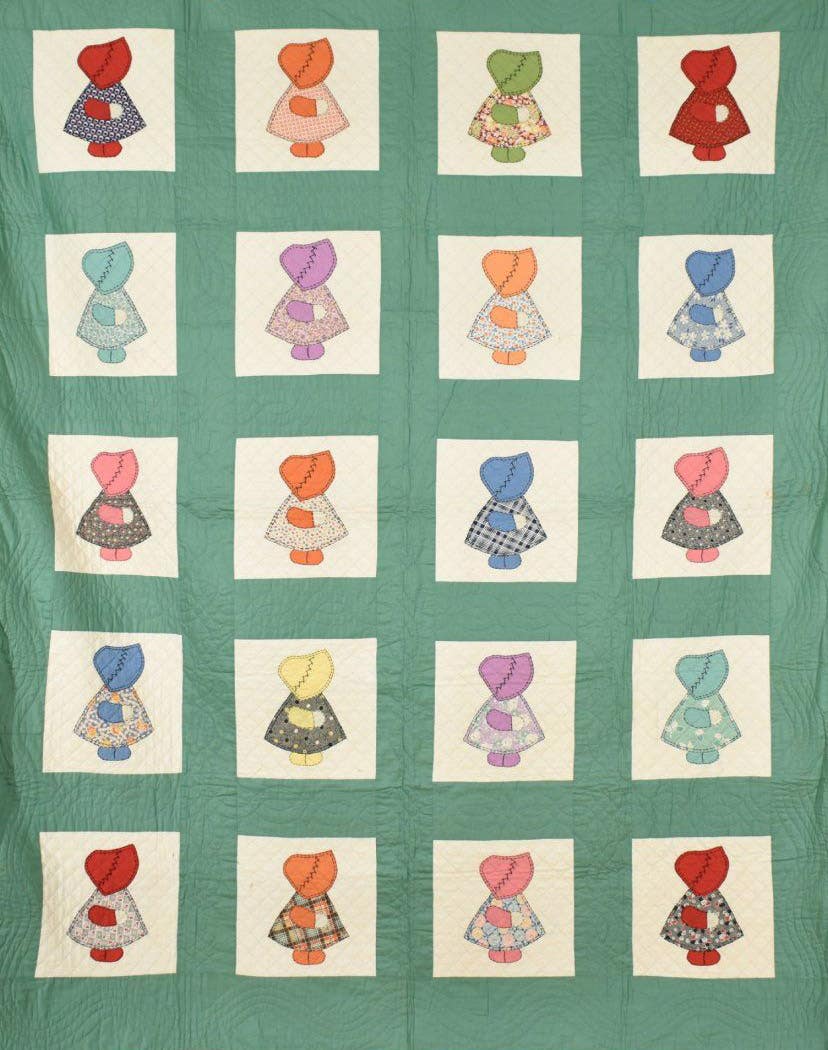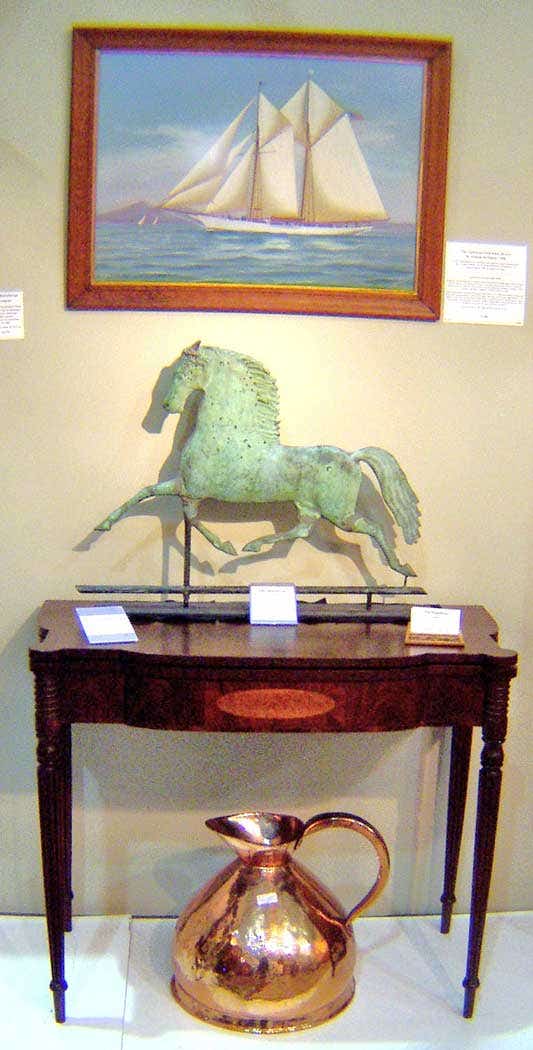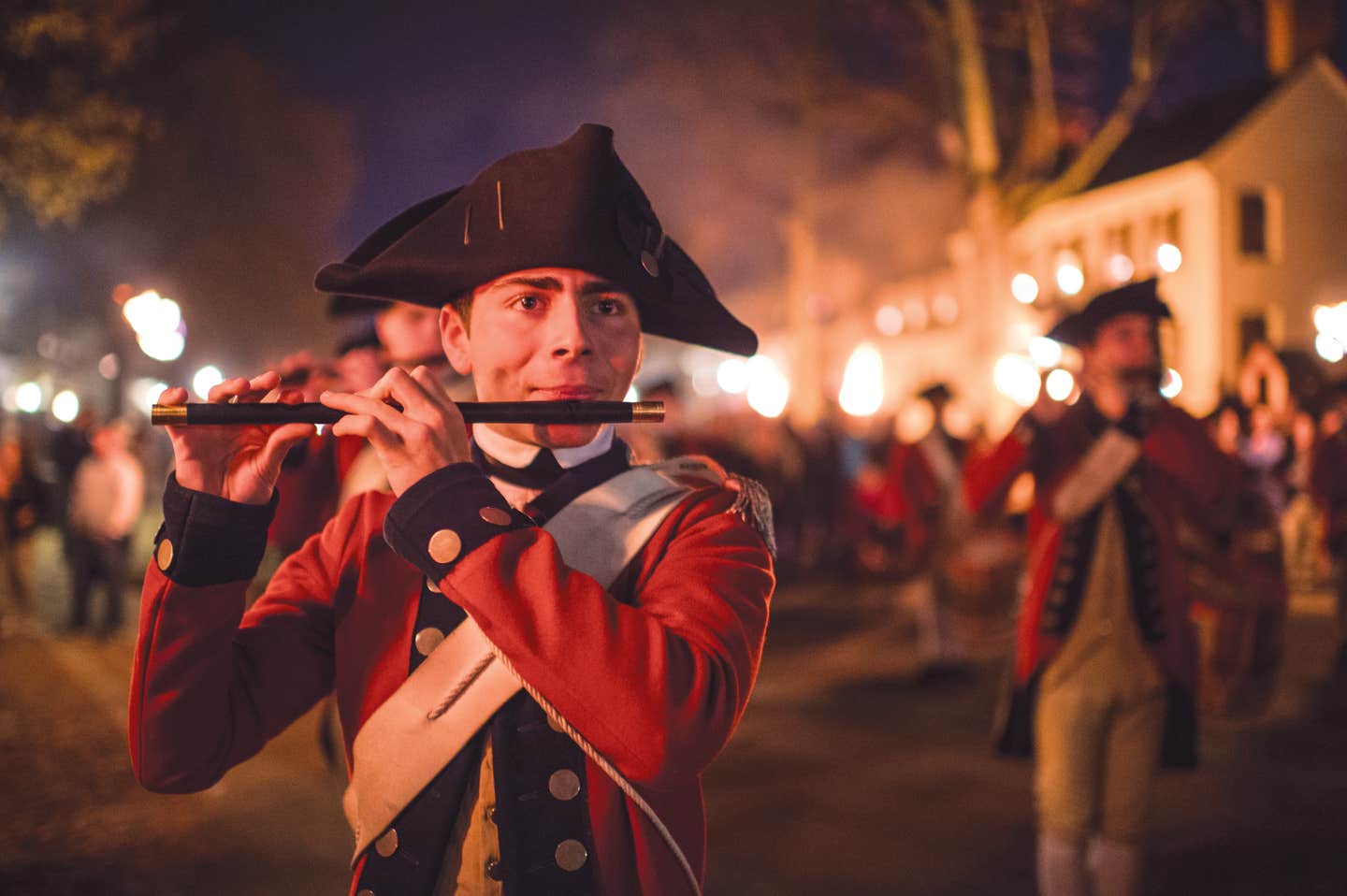Macabre dresser evidence of talented craftsmen
Dr. Anthony Cavo discusses the skill and artistry involved in creating a macabre dresser with the use of veneer inlay.
A macabre dresser such as this displays the work of talented craftsmen, but is also quite affordable for those desiring unique furnishings.
Q: We have a dresser that is from the late 1800 or early 1900s that has a skull face imprinted in the front. We have had this furniture for a long time, but just recently noticed the skull face and thought it might be of some value. Have you ever seen anything like this?
- The top part of the skull is on both top drawers.
- The remaining part of the skull is on the middle drawer with the key hole for the nose; as well as the spinal cord.
- In the bottom drawer you can see what looks to be the chest and rib cage area.
- There are also some other pieces that have been cut and inserted, but no clue on what they are.
Look forward to hearing from you.
– N.W., via email
A: When a very talented craftsman has a creative nature and artistic eye the combination results in a piece of furniture like this. Overall, the size of the piece and the sharply contrasting woods demand attention. Eventually, however, it is the veneer that ultimately catches and keeps our attention. One might argue that the “skeleton” image is simply a pareidolia; however, I suspect the design is deliberate. This design, however, is not “imprinted” as you say, but constructed by the very skilled and fanciful use of veneers.
That being said, I feel the need to briefly address veneers. Veneers are not a cover up of shoddy workmanship or a way to economize. Many beautiful and valuable eighteenth century pieces of furniture are veneered. In general, veneers done prior to the early twentieth century required painstaking skill and a great deal of time and enhanced rather than detracted from a piece.
Veneer is made when wood is sliced very thinly. You can “match” veneers by flipping successive slices to yield mirror images. This skillful matching has resulted in the skull, cervical column, clavicles, humeri, and ribs of your skeleton. If at first you do not see the skeleton, keep looking – it’s like Where’s Waldo, when Waldo is elusive, then you finally see him, and then he becomes the focus of the entire image. Once I noticed the skeleton in this piece, a skeleton is all I see.
This article originally appeared in Antique Trader magazine
Learn about subscribing to Antique Trader magazine!
Typically we see bureaus with a mirror perhaps one-half to three-quarters the size of the case. In this instance the mirrored shelf equals the base in size and competes with it for attention, with the resulting look of a sideboard. I agree with your estimate of a late nineteenth to early twentieth century date of manufacture for this piece, which seems to have elements of a few different styles, including a hint of English Arts and Crafts.
Current market prices for a cased set of drawers of this size and from this time period are in the $100 to $150 range, but given the unusual size and style of the mirror and the macabre veneering I would not be surprised if this piece sold for three to four times that estimate or more in the right venue. Macabre sells, and in this case I believe the “skeleton” will be the deciding factor. No bones about it, this macabre dresser is a hip piece of furniture.








